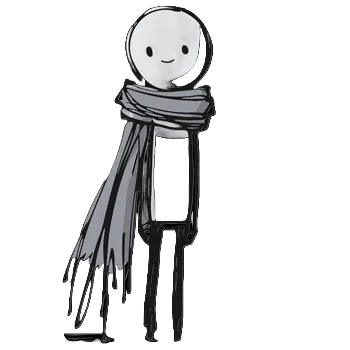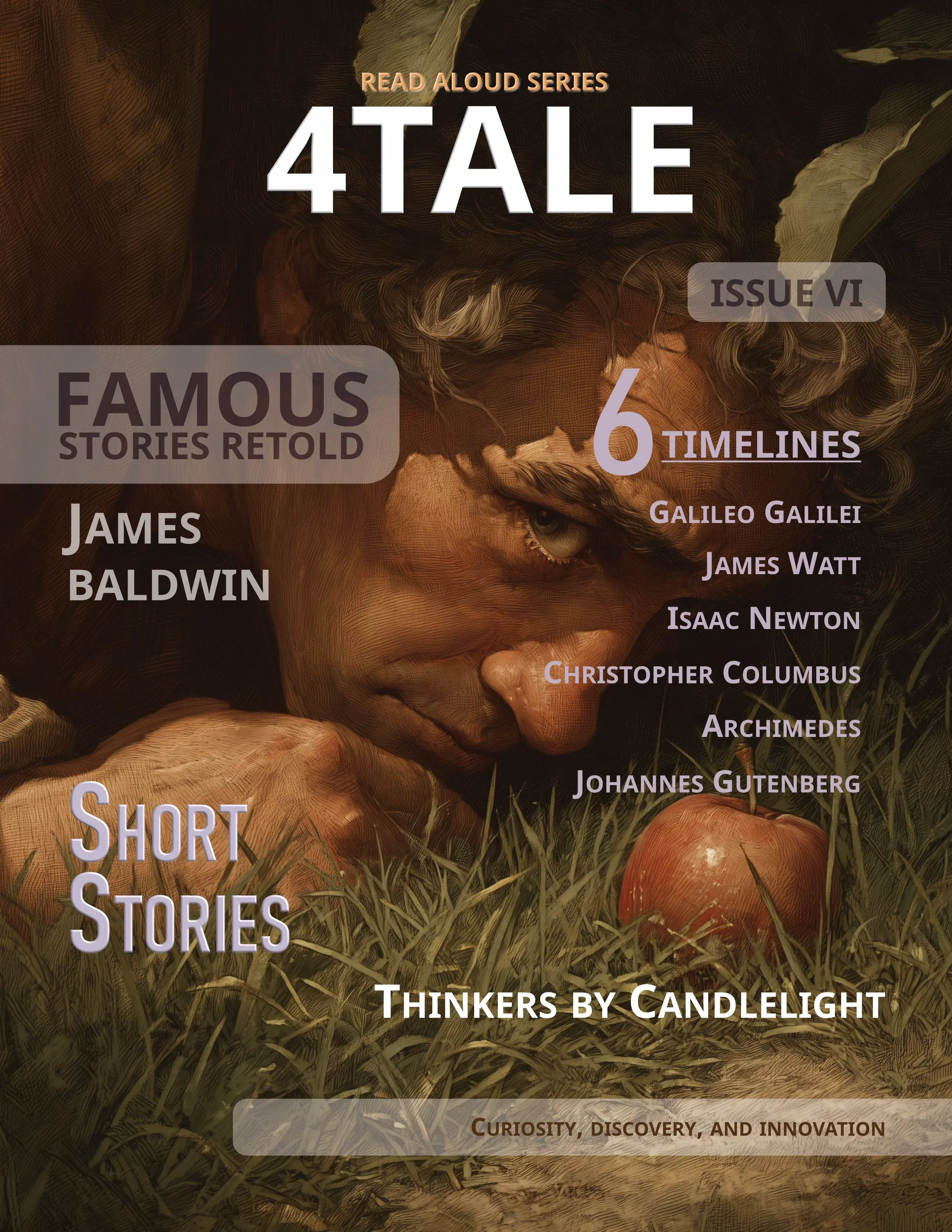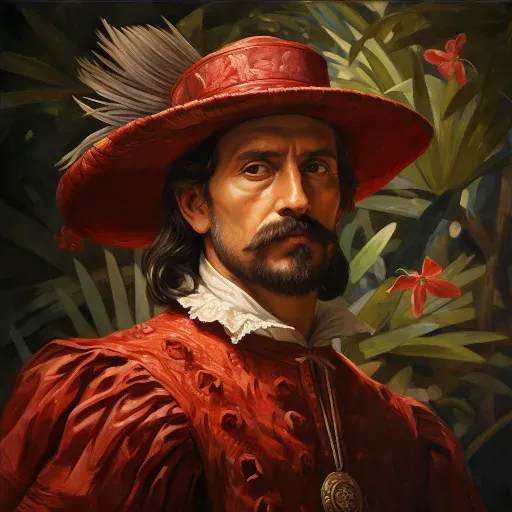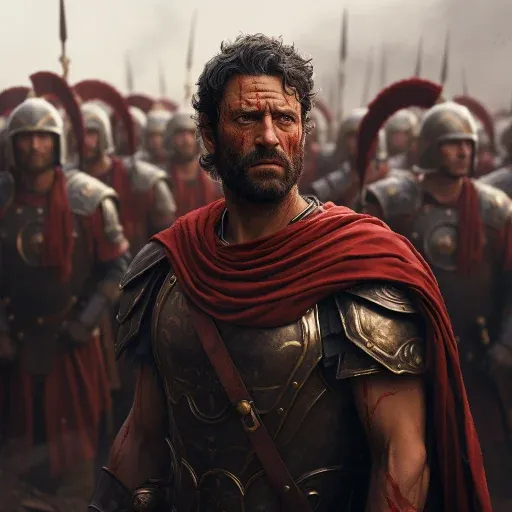
Heading

King Hiero’s Crown: King Hiero of Syracuse commissioned a goldsmith to make a crown from ten pounds of pure gold but suspected it might be mixed with other metals.
Archimedes’ Discovery: Archimedes discovered the principle of displacement while stepping into a full bath, leading to his famous exclamation "Eureka!"
A good book we like, we explorers. That is our best amusement, and our best time killer
- Roald Amundsen, Explorer
The Eureka Moment: Archimedes' Revolutionary Discovery
In history, few tales echo the brilliance of human intellect so distinctly as the story of Archimedes and the King's Crown. It's a narrative teeming with intrigue, artistry, and an uncanny detective work set in the heart of ancient Syracuse. It's the tale of an astute goldsmith, a demanding king, and most pivotally, a wise man named Archimedes. This arcane conundrum not only unveils the resourcefulness of one of history’s greatest minds but also lays the foundation for the principles of density and buoyancy. Prepare to embark on a journey that explores the depths of human ingenuity and deceit.
The King's Crown: A Tale of Hiero's Vanity
In the realm of Syracuse, there once presided a king named Hiero. He governed a small kingdom, but his desire for grandeur was boundless. The king sought to possess the most magnificent crown in the world, a reflection of his insatiable vanity. He envisioned a crown so awe-inspiring that it would incite envy in every other monarch. With this grandiose vision, he summoned a renowned goldsmith, entrusting him with ten pounds of pure gold to craft his dream into reality. The king demanded that the goldsmith use each grain of gold provided and abstain from blending in any other metal.
The Task: Hiero's Challenge to the Goldsmith
The goldsmith accepted the task with a solemn promise. He vowed to Hiero that he would return the finished crown within ninety days, and it would be of the exact weight as the gold provided. True to his word, the goldsmith returned with the finished masterpiece on the appointed day. The crown, a beautiful piece of work, was lauded by all who witnessed it. Hiero weighed it on his scales and found it to be of the exact weight as promised. Overwhelmed with joy, Hiero praised the goldsmith for his skillful work and his apparent honesty.
Dive Deeper 'Timeless Wisdom' Podcast
Video with Captions and Visualizer
The Suspicion: Archimedes' Doubts About the Crown
However, amidst the praise and admiration, there was a wise man in Hiero's court named Archimedes who harbored doubts. Archimedes admired the workmanship of the crown but was skeptical about the purity of the gold used. He noted that the crown did not possess the rich red hue that gold tends to have in its purest form. Instead, it was a brilliant yellow, a deviation that aroused suspicion. He suggested to Hiero that perhaps the goldsmith had replaced some of the gold with brass or silver, a suggestion that initially Hiero dismissed. However, with persistent doubt gnawing at his peace of mind, he soon grew discontent with his crown and sought to validate its authenticity.
Archimedes' Quest: Seeking the Truth About the Crown
The crown was a marvel, yet Archimedes, the wise court philosopher, harbored suspicions. With his keen intellect, Archimedes was troubled by the crown's color and weight. It was a brilliant yellow, not the rich red hue of the original gold lump provided by King Hiero. The crown's weight was accurate, but the color difference was unsettling. Archimedes wondered, "Could the goldsmith have replaced some of the gold with a lighter metal to retain the weight but increase his gold stash?"
While the possibility lingered in Hiero's mind, Archimedes was handed the challenge of proving the crown's purity without damaging it. The philosopher had to devise a method to determine the truth. With his reputation and the goldsmith's life hanging in the balance, Archimedes dove into his quest for the truth, determined to solve this golden riddle.

Eureka! Archimedes' Brilliant Discovery
The solution came to Archimedes not in a lab but in a bath! As he stepped into his tub one day, he noticed the water level rising, spilling over the edge. This simple observation sparked a groundbreaking realization in the philosopher's mind - objects displace their volume in a liquid.
Archimedes reasoned that if the crown was indeed pure gold, it would displace the same volume of water as an equal weight of gold. However, if the goldsmith had mixed in a lighter metal, the crown would displace more water due to its larger volume. With a cry of "Eureka!", Archimedes had his answer. Literally meaning "I have found it!", his exclamation encapsulated the thrill of discovery and the joy of unraveling a mystery.
The Proof and Aftermath: Unveiling the Goldsmith's Deception
With his newfound method, Archimedes set out to test the crown. Upon submerging the piece into water, it was immediately evident that the crown displaced more water than a chunk of pure gold of equal weight. This confirmed Archimedes' suspicion that the goldsmith had indeed deceived King Hiero.
The aftermath was swift and severe. The goldsmith's guilt was established beyond doubt, and his punishment meted out. However, the specifics of his fate remain unknown. What we do know is that Archimedes' discovery in his bathtub far outweighed the value of the King's crown. It laid the foundation for the principle of buoyancy, a fundamental concept in physics that continues to shape our understanding of the world. The tale of Hiero's crown and Archimedes' "Eureka!" moment remains a potent reminder of the power of curiosity and the value of truth.
Conclusion
Archimedes' moment of 'Eureka!' was a pivotal point in scientific discovery. Not only did it unveil the truth about the king's crown, but it also laid the foundation for understanding density and buoyancy. This tale, as old as time, serves as a reminder that intellectual curiosity, persistence, and innovative thinking can lead to groundbreaking revelations. The unraveling of deceit and the triumph of truth underscores the timeless relevance of this tale, reverberating through the corridors of history, and remains a testament to the brilliance of human intellect.





